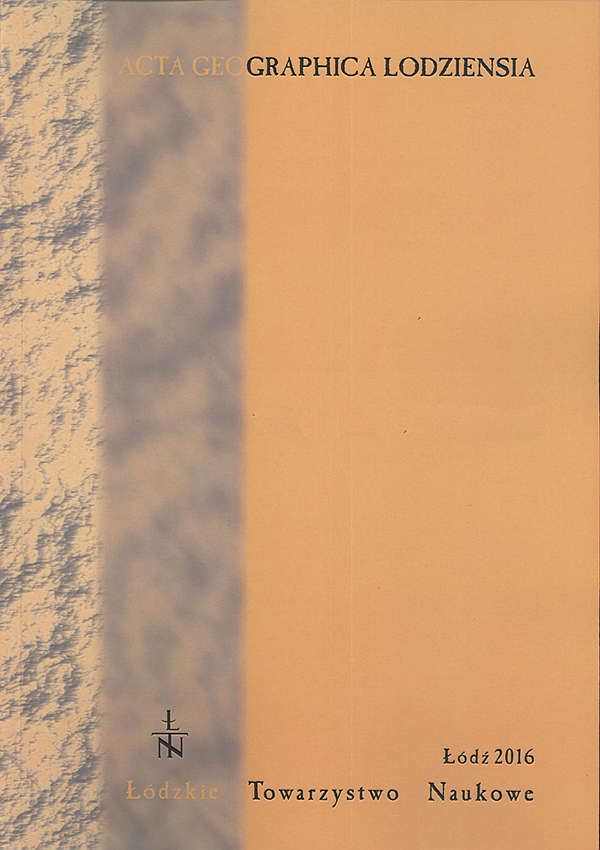Stratygraficzne i przestrzenne aspekty zróżnicowania składu chemicznego późnoplejstoceńskich
sekwencji lessowo-glebowych w Polsce – przykłady profili w Tyszowcach i Białym Kościele
The stratigraphic and spatial aspects of the differentiation of the chemical composition
of the Late Pleistocene loess-palaeosol sequences in Poland – a case study of the Tyszowce
and Biały Kościół profiles
Author(s): Jacek Skurzyński, Zdzisław Jary, Jerzy Raczyk, Piotr Moska, Marcin KrawczykSubject(s): Regional Geography, Environmental Geography, Applied Geography, Geomatics
Published by: Łódzkie Towarzystwo Naukowe
Keywords: loess; palaeosol; geochemistry; weathering indices; chemostratigraphic method
Summary/Abstract: The article presents the comparison of the geochemical composition and the degree of chemical weathering between two Late Pleistocene loess-palaeosol sequences of SE and SW Poland. The results of major element (Si, Al, Fe, Mn, Mg, Ca, Na, K, Ti, P) and geochemical index (CIA, Ti/Al, K/Al, Mg/Ca, K/Ca, Na/K oraz Si/Al) analyses indicate stratigraphical and spatial differentiation between sequences. The stratigraphic differentiation is connected with palaeoclimatic conditions which control the intensity of pedogenesis. The spatial variability may be attributed to different climatic conditions during the deposition of loess, the loess recycling process, or even to different source areas. The disproportion between the thicknesses of the loess covers can also be important. It can affect the rainwater infiltration effect.
Journal: Acta Geographica Lodziensia
- Issue Year: 2017
- Issue No: 106
- Page Range: 87-103
- Page Count: 67
- Language: Polish

